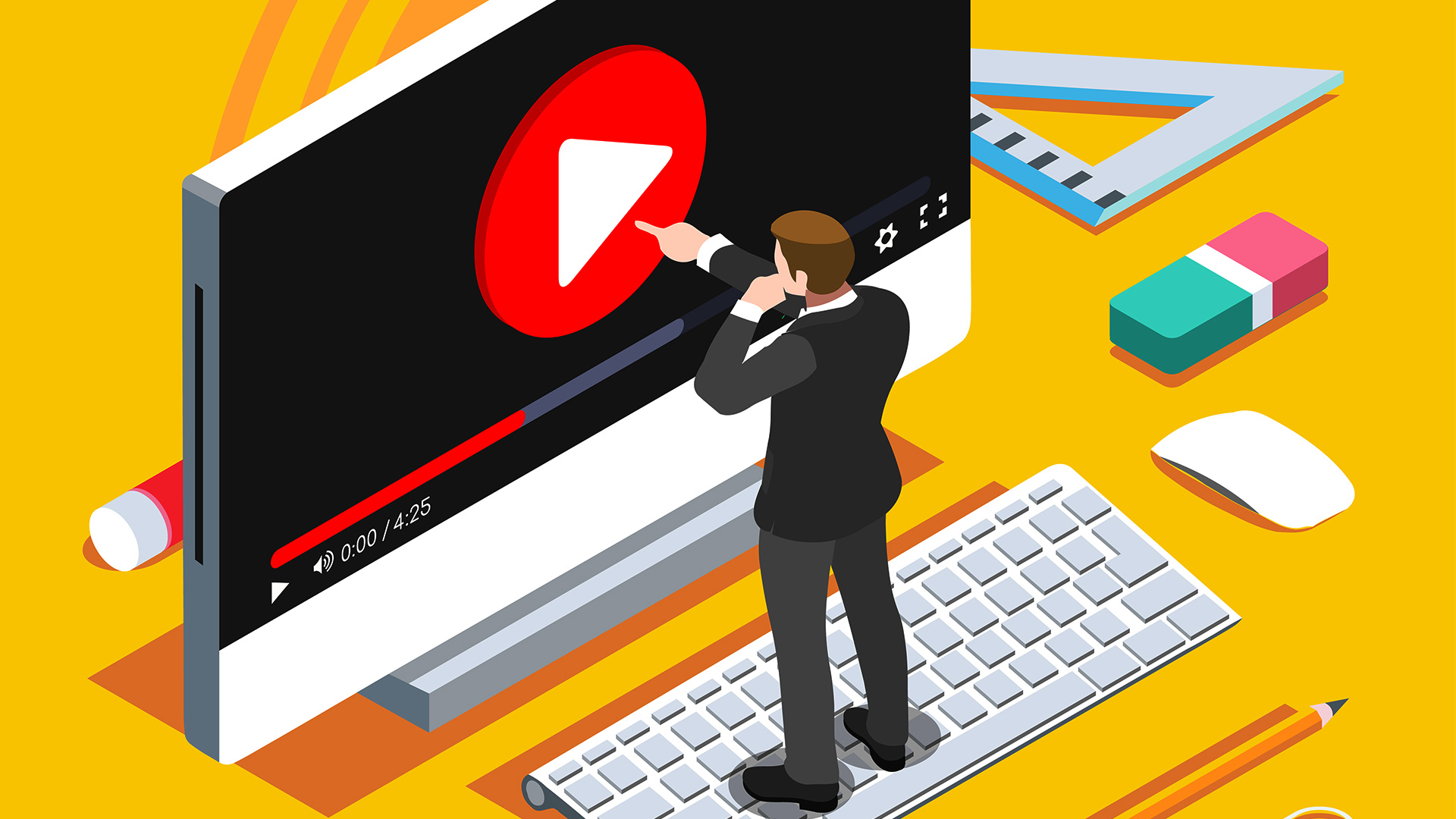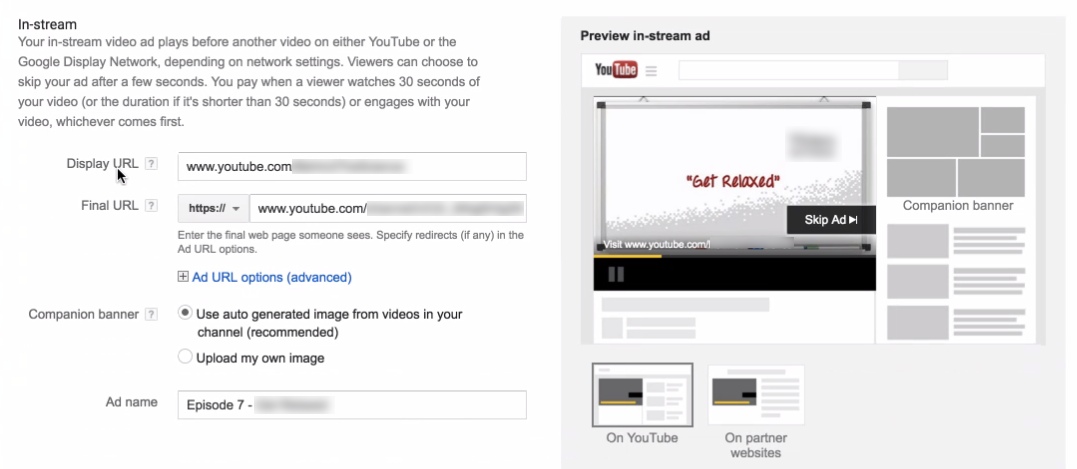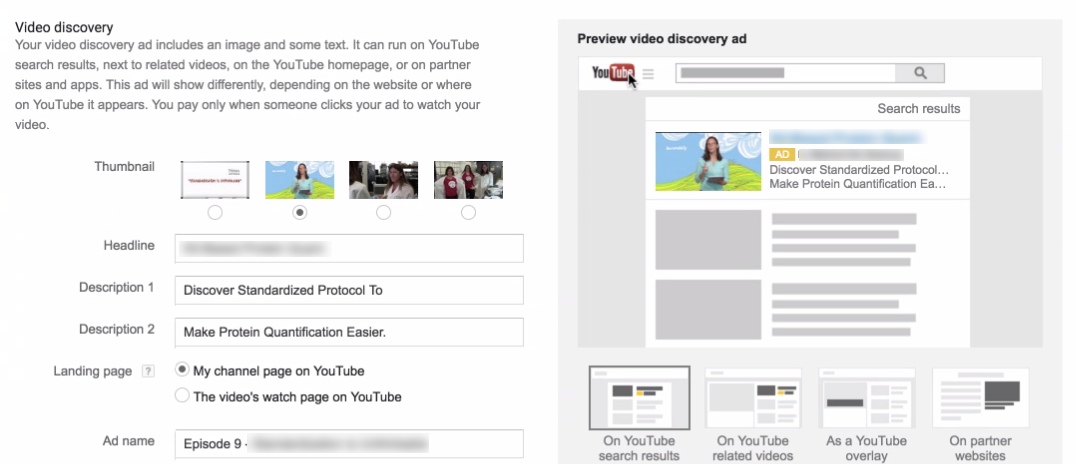8 dos and don’ts of successful video advertising
Looking to get started with online video advertising? Columnist Pauline Jakober offers some suggestions for what to do (and what not to do) in your video campaigns.

Video ads are a great way to generate brand awareness and to educate your target audience on a topic/product/service. I’ve talked in the past about how video ads may be coming to a search result near you, and how to ease your way into video ads by understanding the basics.
In today’s post, I’m going to highlight good practices and things to avoid as you fast-forward towards your video marketing strategy.
The Dos
1. Do educate through video ads
Back in 2015, Google came out with data that showed “how to” searches had grown 70 percent year over year on YouTube. Bottom line: People are on a mission to learn through video, so why not take an educational approach with your video ads?
Whether it’s feeding the need for a “how to” search, or dissecting complex concepts into bite-sized video, these visually engaging ads can accomplish a variety of goals.
For example, we have a client in the life sciences industry that produces lab systems. That might seem like a topic that’s hard to make engaging, but they thought of a creative way to teach scientists how to use the lab equipment to tackle their common challenges: a series on YouTube that mixes education and humor.
We use these short videos as fodder for the company’s video advertising.
2. Do include website information
Even though you shouldn’t expect a direct sale from video ads, you should always have a call-to-action.
A call-to-action can be anything from in-channel events like “subscribe” to sending viewers to a website (we like to see the latter for our clients’ video ads).
You can do this in a couple different ways:
For in-stream video ads (this includes videos on YouTube and on partner sites), you can choose to send viewers to a YouTube landing page or a landing page on your site:
For ads that show up on the YouTube search results, you can land viewers on the YouTube channel or on a specific video:
3. Do incorporate testimonials / stories
Highlighting stories of people whose lives or work have been impacted by your brand is just as important in video ads as it is on your website or other marketing materials.
Here’s an example of a video that does just that from Coffee-Mate:
https://www.youtube.com/watch?v=LNSzc9Yi-jk
4. Do test video length
This is an area where you’re going to rely on your video metrics to find an optimal length.
Here, Google recommends in-stream video ads be no more than 3 minutes in length. But here, the help files say to “deliver your most important messages early in the video, in case viewers stop watching before it’s over. Play rates drop off significantly after 45 seconds.”
I’ve seen clients use video ads that were up to 5 minutes in length and still experience good results. It all depends on how engaging the video is. For example, oOne client in the corporate events space had 5-minute videos highlighting the events they put on with interviews of participants, and those drove conversions through a form fill on their site.
Conversions are the ultimate goal, but you can also track metrics like “video played to,” which shows you what percentage of viewers made it through various points in your ad.
This can give you important information about the engagement factor of your video ads.
In 2015, Google came out with data that showed longer video ads positively impacted brand metrics like awareness and consideration. (In 2016, Google further examined this theory in some new research findings over at Think with Google.)
The Don’ts
5. Don’t think you need a huge budget
As long as you have a video asset already created, you can test video ads. In other words, you don’t need to go out and create the next Emmy award-winning ad if you’re just testing the waters.
And you don’t need a huge ad budget, either. We’ve seen clicks as low as $0.11, and we have clients who are contributing as low as $30 per day on their video ads.
If you’re spending $10,000, $20,000 or $30,000 on the Google Search and Display Network, why not spend a small portion on video to see what it does for you?
6. Don’t use poor quality videos
While your video doesn’t have to be a $5,000 production in order to be successful, for the love of Pete, don’t use videos that have bad lighting, audio and a clutter-strewn / haphazard background.
Also, there are lots of help files in YouTube, like this one, that get into the nitty-gritty details of how to format video and audio files.
From the help files, you can learn a little more about resolution requirements:
YouTube prefers high-definition videos and, in general, you should provide videos in the highest resolution available to provide the maximum degree of flexibility in the encoding and playback processes.
7. Don’t use outdated elements
Using pre-existing videos may be an easy way to test video ads, but just make sure the ads are still “on brand” and relevant today. Sometimes this is as simple as updating a logo, phone number or URL featured in the video.
8. Don’t forget about remarketing
Finally, you can easily include video ads within your remarketing strategy. There are a couple different ways to remarket using video:
• Standard remarketing: Show ads to your past visitors as they browse Display Network websites and use Display Network apps.
• Video remarketing: Show ads to people who have interacted with your videos or YouTube channel as they use YouTube and browse Display Network videos, websites, and apps.
While I wouldn’t tell anyone to expect sales from video ads, going into it with the mindset that it’s about educating and creating brand awareness will properly set expectations — and when there are conversions, that’s a bonus!
Contributing authors are invited to create content for MarTech and are chosen for their expertise and contribution to the martech community. Our contributors work under the oversight of the editorial staff and contributions are checked for quality and relevance to our readers. The opinions they express are their own.
Related stories


